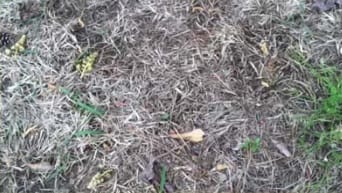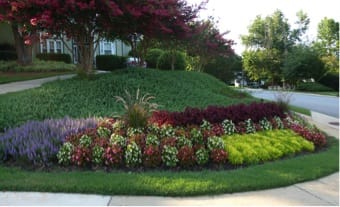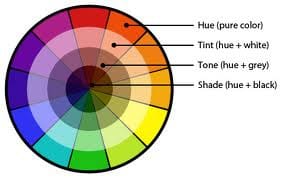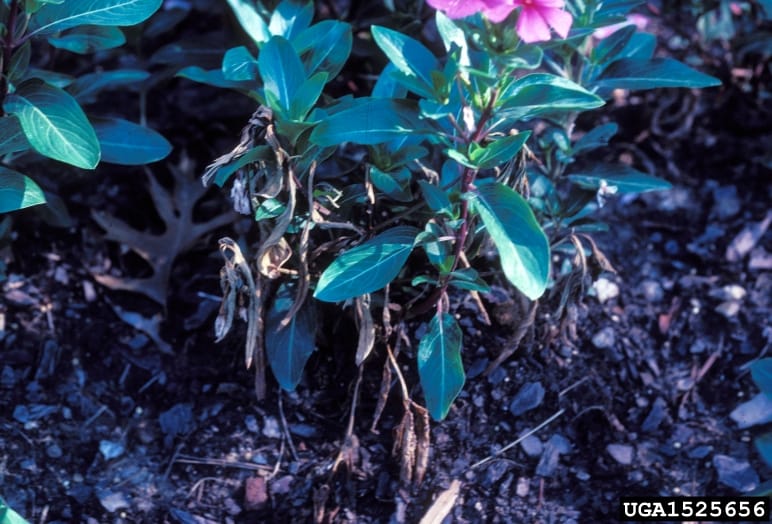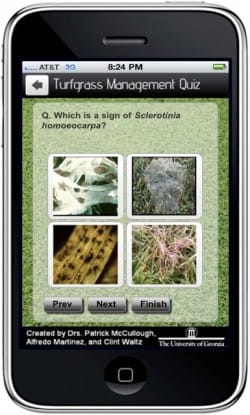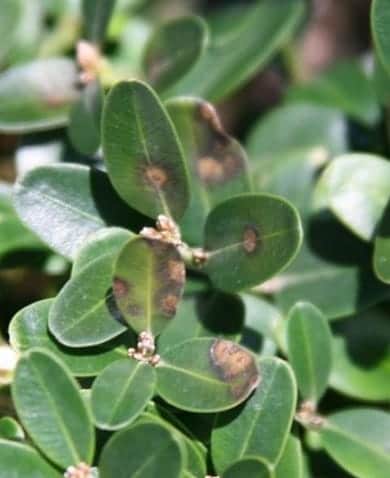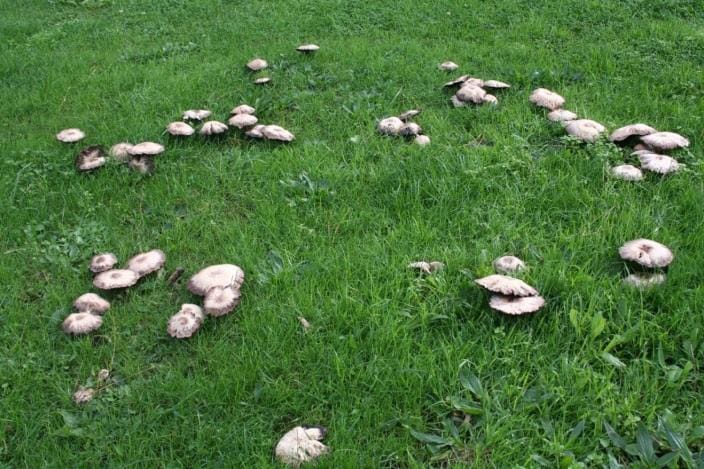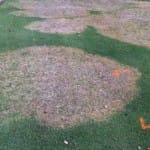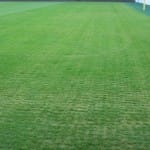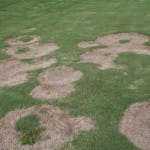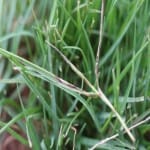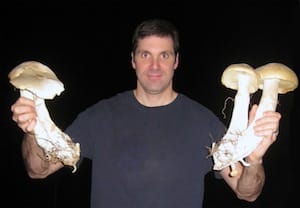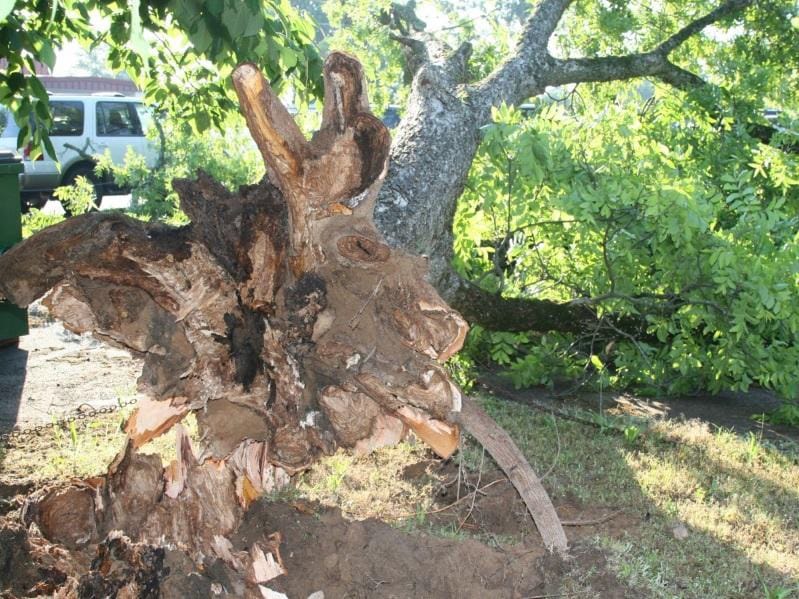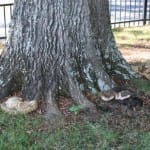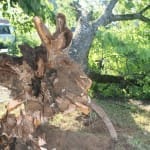Clint Waltz, UGA Extension Turf Specialist
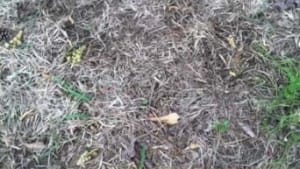
We’ve received many questions regarding grass that has failed to green-up this spring. With variations among four different warm-season species, multiple climatic conditions, and because of the wet conditions leading to a likelihood of disease, there is much to be said on the topic of “winter kill”. In many incidents there are circumstances and extenuating factors that make a specific diagnosis difficult. If there were a year for winter kill, after the cold conditions this past winter and early spring, this would be the year for it.
Click here for a brief presentation about Winter Kill.
Dr. James McCurdy at Mississippi State has written a good blog on winter kill in his state, and over the past 30 to 45 days I’ve seen many of the same issues in Georgia so my comments would be consistent with his.
- In many cases, bermudagrass has greened-up and is beginning to grow. I’ve seen a few lawns and pictures of some bermudagrass that is still brown. Patience may be the key with bermudagrass. Soil temperatures have only been conducive for growth for about two weeks. Remember bermudagrass has rhizomes, below ground stems, that were likely well insulated by soil. Warmer temperatures and time will likely be suitable for bermudagrass recovery. Check for extenuating factors like shade and ask questions about how long ice or snow remained on the lawn / grass. I have seen some incidences where sledding occurred and the brown tracks are consistent with the path of wintertime fun.
- Hybrid bermudagrass have recovered better than common-type (i.e. seeded) bermudagrasses. The commons are recovering – all be it slowly.
- Zoysiagrass have fared well but are slow to resume active growth. See my comments for bermudagrass regarding soil temperatures and patience. Remember, zoysiagrass is inherently a slow growing species, so recovery is going to take time. It too has rhizomes and with time will regenerate itself as environmental conditions become favorable for growth. To help, vertical mowing (i.e. verticutting) can aid in getting light and warmth to the soil surface. This cultural practice can help remove dead leaf material and speed recovery.
- Centipedegrass and St. Augustinegrass have suffered the greatest. There are many cases where reestablishment is going to the best option. Consider making the decision early (i.e. now) and getting started with sodding or seeding as soon as possible (see slides)
- Grass that was sodded last year is a hit or miss. Some bermudagrass and zoysiagrass that is less than a year old seems to greening-up and doing fine. Some is not. This is more likely a result of post establishment care, position within the landscape, and how late into the summer or fall the grass was sodded. Grasses planted earlier in the summer seem to be doing better than those established later. That stands to reason as the earlier planted grass had more time to establish and produce rhizomes and roots before the onset of winter. However, I’ve seen some zoysiagrass sodded earlier in the summer, on a northern exposure that didn’t make it through the winter. Water wasn’t an issue most of 2013, third wettest year on record. As a result, the associated lack of ample sunshine during the 2013 growing season may have contributed to suboptimal establishment and production of carbohydrates – a biochemical molecule responsible for energy and energy storage. With compromised production of carbohydrates, the turfgrass plant had less stored energy to initiate growth (i.e. green-up) this spring.
- Fortunately I have not seen many incidences where I think early spring fertilization is the primary culprit for “winter kill”. But I have spoken with a few homeowners and landscapers that applied nitrogen in late February and early March, before soil temperatures were conducive for warm-season root growth (65ᵒ F). One was a centipedegrass lawn where the early fertilization coupled with the “Easter freeze” likely affected the majority of the lawn. From what I’ve observed to this point, I think the early fertilization is more closely linked to increased occurrence of disease (e.g. large patch) which is making homeowners think their lawn was affected by the low temperatures. Regardless of year, this issue is self-imposed and 100% avoidable.
- In my plots the three primary St. Augustinegrass cultivars grown in Georgia (i.e. Mercedes, Palmetto, and Raleigh) have had some degree of damage. The difficulty with St. Augustinegrass is that in sod production it typically does not “lift” well during the spring, do it’s early summer before producers can provide a quality product. If a homeowner is considering re-sodding St. Augustinegrass, they can start site prep now but be prepared that quality sod may not be available until mid-June.
- Typically I don’t consider environmental injury as a primary culprit to turfgrass loss, but after last summer and this past winter it’s real this year, especially for centipedegrass. I’ve seen several centipedegrass, and St. Augustinegrass lawns, that will likely need complete re-grassing. There is little that can be done to recover these lawns in a timely manner and “sanding” will likely be of little help. TifBlair does have improved cold hardiness relative to common centipedegrass but this year I’ve seen it injured too but that seems specific to areas that remained under ice or snow for several days. TifBlair in more open areas where the sun shortened the duration of snow cover seems to be delayed but greening.
- If reestablishment either from sod or by seed is desired – now is an appropriate time for either practice. In fact, if seeding is chosen – the earlier the better. If the lawn was healthy going into the fall, seeding may be the better option. The homeowner can mow the existing lawn low (i.e. scalp), collect the biomass (i.e. clippings), opening the canopy for seeds to make soil-to-seed contact. By keeping some of the existing grass it may help speed recovery and provides a medium for seed to become established (i.e. a nurse grass). The caveat to this is there was no preemergence herbicide applied this winter or spring. If so, then don’t seed. The herbicide will kill the germinating centipedegrass seed too. Lastly, follow watering and establishment practices for a newly planted lawn.
